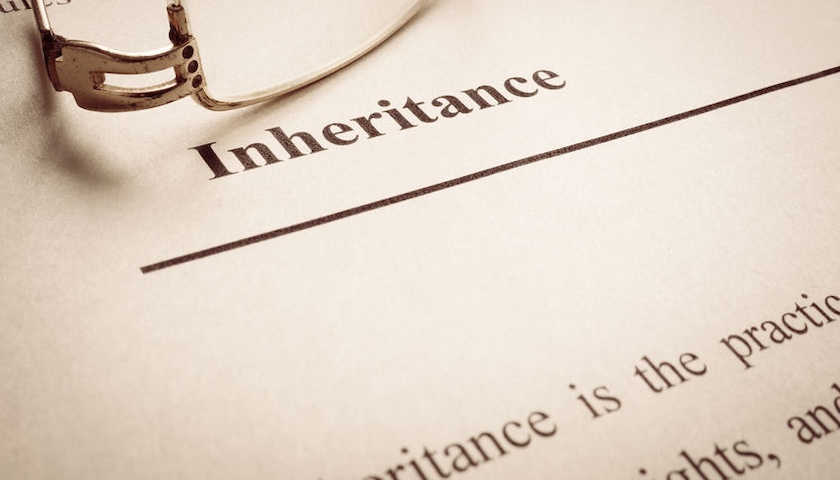Inheritance Tax (IHT) planning is more crucial than ever. The tax-free thresholds have remained static for some time, while inflation is pushing increasing number of estates into IHT. Indeed, Inheritance Tax receipts are at record levels and rising. For this reason, many more people are becoming familiar with the 7-year rule to help reduce their IHT bill. However, relatively few people know that – if you’re not careful – you can inadvertently turn the 7-year rule into a 14-year rule! In this post, we look at how this can happen.
What is the 7-year rule?
We’ve covered the 7-year rule in previous articles. This one on the rules for IHT and lifetime gifts gives you a good introduction to the topic.
At its simplest level, if you give someone a gift, there will be no IHT payable if you live for seven years after making it. Note that IHT is only payable on gifts if they exceed your personal IHT nil-rate band. This is £325,000, or £650,000 if your spouse or civil partner has died and passed on their own personal nil-rate band).
If you live between three and seven years, the IHT due on a qualifying gift is applied on a tapered scale. This is between 32% and 8%, depending on how long you live. Gifts that are made with the expectation that you’ll live seven years after making them are known as potentially exempt transfers (PETs).
So far, so good. So how does the 7-year rule become a 14-year rule?
What is the 14-year rule?
The 14-year rule can come into play if you make a lifetime gift into a trust. This is known as a chargeable lifetime transfer (CLT). If the value of the transfer exceeds the current nil rate band (or it does when combined with other CLTs over the previous 7 years), IHT at the lifetime rate (20%) is payable on the excess. If the person who makes the lifetime gift survives for seven years, no further IHT is payable.
As you can see, when making a CLT it’s important to look at the previous seven years, as well as ahead to the following seven – a window of 14 years. In an ideal world, you’d make a CLT, wait seven full years, and only then make another one.
Things get even more complex if you make a CLT and you also make a PET in the same 7-year period. Let’s take a look at how this can play out.
An example of the 14-year rule
- John puts £250,000 into trust for the benefit of his three sons.
- 6 years and 11 months later, he gives £125,000 to each of his two daughters.
- 6 years and 11 months after this, John dies.
The gifts John made to his daughter count as ‘failed’ PETs because he didn’t survive seven full years. However, to assess the IHT payable on these failed PETs, you need to look at the seven years before them. Because there was a CLT made into a trust less than seven years before the PETs, there was only an available nil-rate band of £75,000 at the time the gifts to John’s daughters were made. (The nil-rate band is £325,000 minus the £250,000 put into the trust).
This means that, after giving away two lots of £125,000, there are finally £175,000 worth of chargeable gifts. (This is calculated by adding the money in the trust to the gifts and subtracting the £325,000 nil-rate band).
As you can see, if John had waited the full seven years after making the CLT, the nil-rate band would have reset. This would mean the full £325,000 would have been available for the PETs, significantly reducing the IHT when he died.
IHT is complicated!
As accountants with lots of experience in Inheritance Tax, we know how easy it is to make mistakes if you plan without professional advice. No-one wants to pay more tax than they need, but that’s exactly what happens when the 7-year rule becomes the 14-year rule! If you’d like help getting your own IHT planning right, get in touch with one of our friendly accountants today.
About Ian Henman
London lad Ian joined THP in October 2016 to set up and manage THP’s new legal services department.
Starting at the tender age of 19 Ian spent almost 30 years building his career at Natwest/RBS becoming a business client account manager to many local businesses.
Ian was looking for a new challenge and as THP was searching for someone to gain accreditations and spearhead the legal services department, there was a clear synergy.












